Carpinus caroliniana
Carpinus caroliniana American hornbeam
American hornbeam, also called musclewood, blue-beech, ironwood, and muscle beech, is a small native tree growing in the forest understory, often near the banks of streams and rivers where the soil is moist. I prefer the term "musclewood" because it's so descriptive of the distinctive muscular appearance of older trunks with sinewy, smooth, gray bark. (Very old trunks become fissured.) The nickname "ironwood" refers to the heavy, hard, close-grained, very strong wood formerly used to make tool handles, walking sticks and golf clubs. In spite of its hardness, fallen branches and trunks quickly rot.
Carpinus caroliniana is a member of the birch family (Betulaceae) with its characteristically double-toothed leaves, i.e. leaf margins with alternating smaller and larger serrations. The overall leaf shape is oval with a pointed tip (or sometimes long-pointed). Prominent veins give leaves a corrugated texture. Leaves are eaten by the several types of Lepidoptera caterpillars.
Flowers grow in long clusters dangling from leaf axils. Male and female flower catkins are separate (monoecious) and lack petals. The fruits are small, oval nuts, each enclosed by a three-lobed, halberd-shaped bract. The nuts are eaten by birds including grouse and turkeys, as well as by squirrels. Rabbits and deer browse the twigs.
According to the BONAP range map, American hornbeam can be found in every county across the state of Pennsylvania.
Habitat & Range
Common in moist woods, stream shores, swamps.
Present throughout the state.
| EMP: | FAC |
|---|---|
| NCNE: | FAC |
Characteristics
Leaves simple and alternate, margins coarsely toothed
Plant Codes
S-rank: S5 (Secure)
G-rank: G5 (Secure)
Ecology
Leaves are eaten by the several types of Lepidoptera caterpillars. The nuts are eaten by birds including grouse and turkeys, as well as by squirrels. Rabbits and deer browse the twigs.
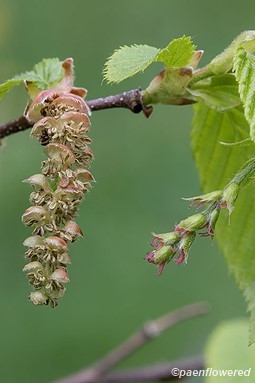
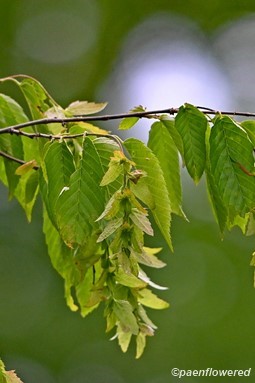
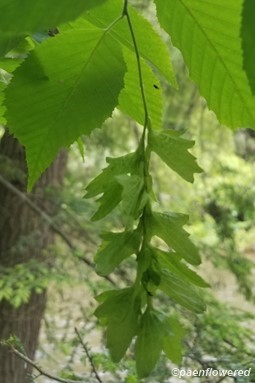
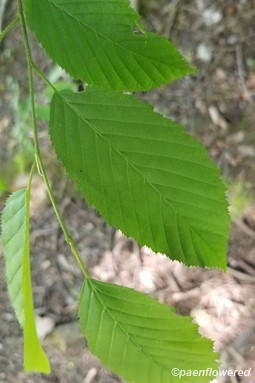
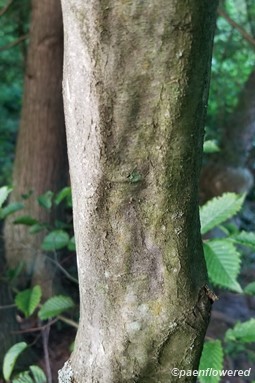
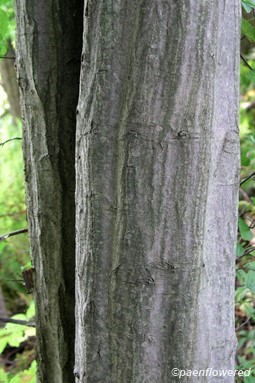
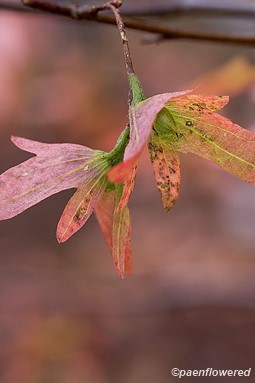

Comments
Have you spotted this plant in your area? We'd love to hear about your experience! Share your comments or questions about the plant below. Comments are moderated before posting.